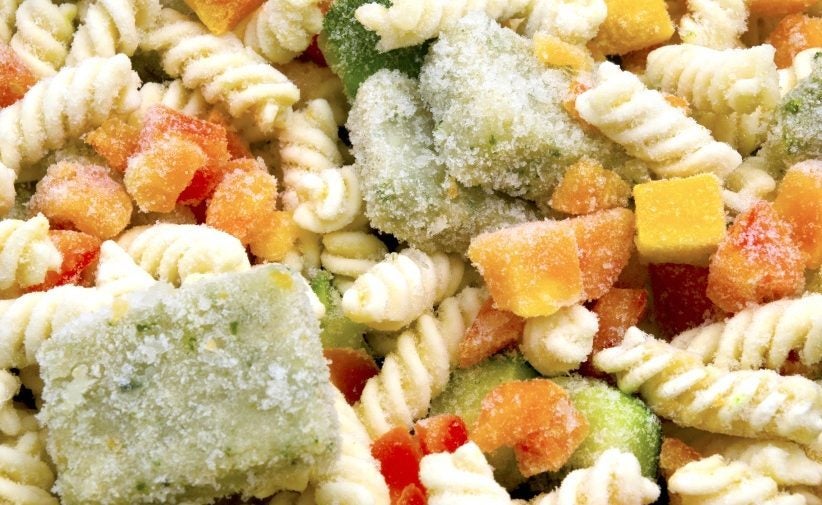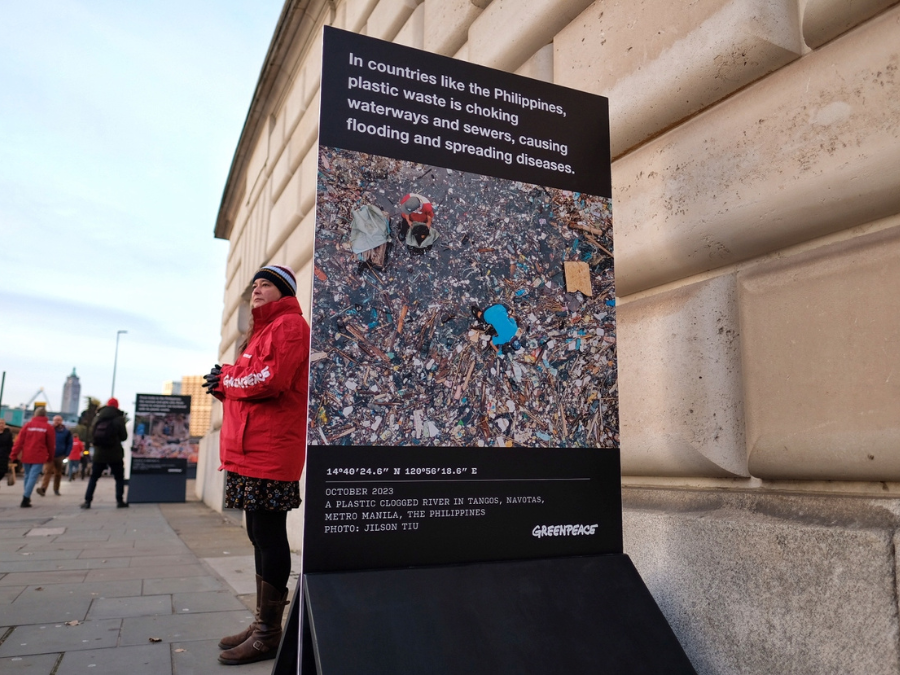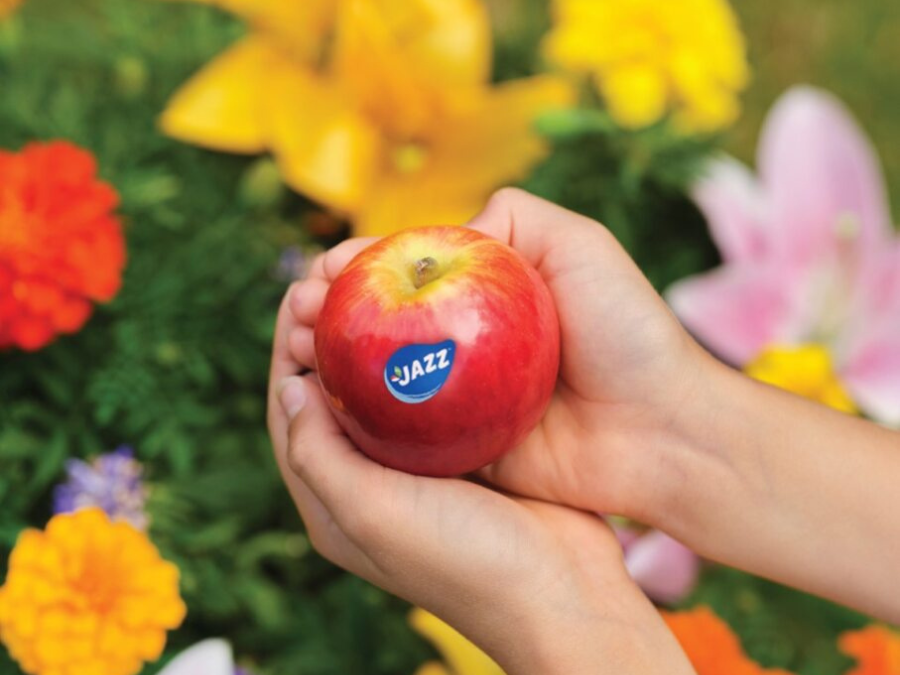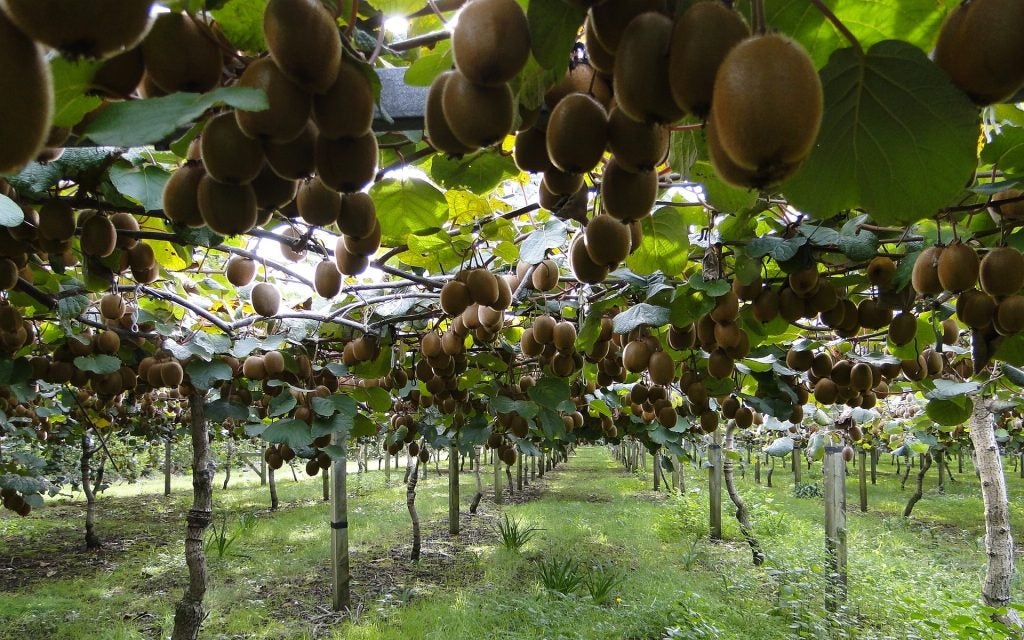Increasing the temperature of storing frozen food from -18°C to -15°C could save 17.7 million metric tonnes of carbon dioxide per year, new research shows.
The research, published today (29 November) by Dubai-based international logistics group DP World, found boosting freezer temperatures by three degrees could positively impact the environment without food safety or quality being jeopardised.
DP World is a "Principal Pathway Partner" at this year's COP28 conference, which begins tomorrow (30 November).
Its analysis was carried out in collaboration with the International Institute of Refrigeration, the University of Birmingham and South Bank University, among other experts.
According to the study, a small increase in temperature could produce energy savings of around 25TWh, which equates to 8.63% of annual energy consumption in the UK.
Freezing food products at -15C could also cut supply chain costs by more than 5%, it said.
The requirement to store and transport frozen food at -18°C was first implemented in 1930, according to DP World, and has never since been updated.
Following the development of the research, DP World has formed a coalition to called Join the Move to -15°C to encourage the food sector to increase the temperature in freezers and use less energy.
Its members include a number of shipping and refrigeration groups such as the Global Cold Chain Alliance, Geneva-based Mediterranean Shipping Company, and Singapore’s Ocean Network Express.
In a statement, Maha AlQattan, group chief sustainability officer at DP World, said: "Frozen food standards have not been updated in almost a century. They are long overdue for revision.
"A small temperature increase could have huge benefits but - however committed each individual organisation is - the industry can only change what's possible by working together.”
He added: “Through this research, we can see how we can deploy accessible storage technologies in all markets to freeze food at sustainable temperatures, while reducing food scarcity for vulnerable and developed communities."
Some 12% of food produced globally for human consumption is wasted as a result of “a lack of proper temperature management”, Toby Peters, professor of cold economy at the University of Birmingham said in a separate statement.
“On top of this, an increasing global population raises the demand for food, while the rapidly warming planet will reduce food production”, he added.
“It is of the utmost importance that we find ways to combat food loss to achieve global equitable food security. Freezing food is one such method, but we need to achieve this as energy efficiently and sustainably as possible.”
As part of its own decarbonisation strategy, DP World intends to achieve carbon neutrality by 2040 and net zero carbon emissions by 2050. It also has a goal to cut its carbon footprint by 28% by 2030, based on a 2019 rolling baseline.
Commenting on the research, Rupert Ashby CEO of the British Frozen Food Federation said: “Similar research by one of our members, found that freezing to -15 degrees centigrade (vs -18 degrees) has no impact on food safety, texture or nutrition, supporting other similar studies in Europe and the Far East.
“Freezing to 3 degrees less saves 10% energy, reducing emissions and cutting costs. It is our duty as an industry to work together to fully understand the research and to encourage our politicians and civil servants to react quickly around legislation and regulation if appropriate.”
The study Ashby referred to was released earlier this year, conducted by frozen food group Nomad Foods and food science and technology researchers Campden BRI.
Some nine foods were tested in this analysis, including breaded fish, natural fish, poultry, vegetables, plant-based products and pizza. Their quality was assessed in temperatures ranging from -18°C to -9°C.
While products stored at -15°C saw no negative impact, mixed vegetables and salmon fillets were said to have changed in texture at -9°C and -12°C. The vitamin C content of vegetable products was also said to have changed at -9°C.
















